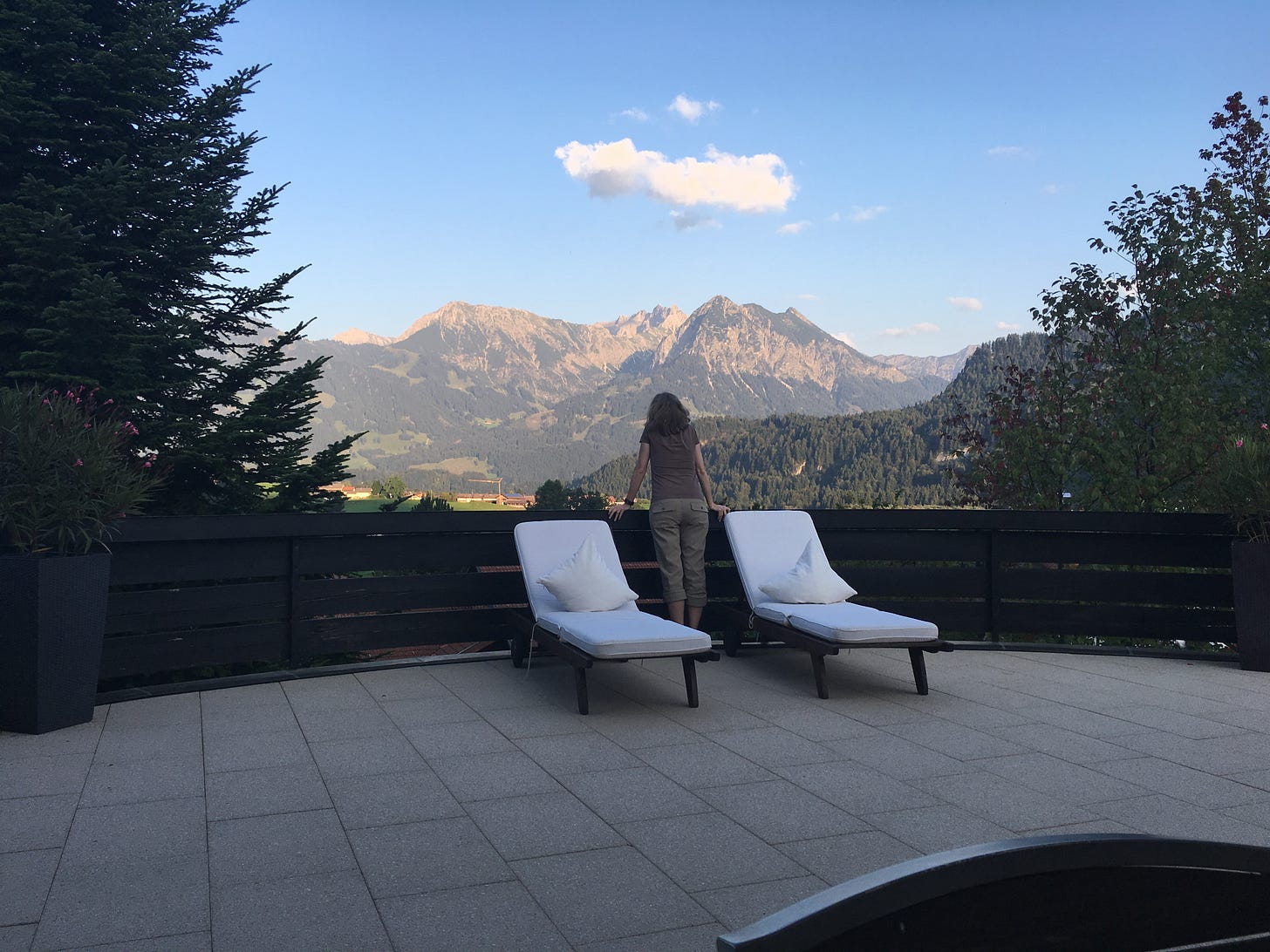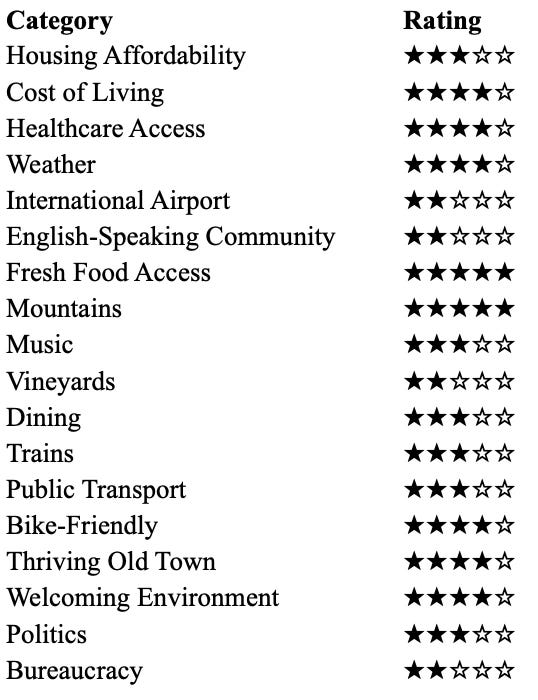For Your Consideration: The Allgäu
Our First Evaluation
Let’s start at the very beginning—a very good place to start. “When you read, you begin with ABC,…” And A is for Allgäu.
The Allgäu is a Bavarian region a couple of hours south of Munich. Plain and simply, it is the Alps. Its thriving tourism industry is largely based on Germans heading for the hills. There are few Americans, and English speakers are rare in the rural areas. Neufschatel Castle, the building Walt Disney had in mind when he built the Disney Castle, is wildly popular with international tourists though and is Instagrammed endlessly.
Americans of a certain age who can picture a very specific ski crash associated with the phrase “the agony of defeat” on ABC’s Wide World of Sports know the Allgäu’s other world-famous icon, the ski jump at Oberstdorf.
So—fairy tales and public humiliation. What’s not to love?
If you ever find yourself in the Allgäu, two very different pieces of music will come to mind simultaneously.
Everywhere you look, you’ll expect to see Julie Andrews twirling around and belting out “The hills are alive….” The absurd, storybook beauty that you see in The Sound of Music (1) is a poor echo of what these mountains actually look like. It really is all that.
At the same time, you can’t help but think of Blue Oyster Cult’s “Don’t Fear the Reaper.” Because in the Allgäu, your cowbell fever will finally be cured.
Not Dressed Up for Instagram
In the Allgaü, the women wear dirndls, and the farmworkers wear lederhosen. Not in an ironic way, or in a way that invites tourists to stop and take pictures. No, this is just what they wear. And when you encounter the men having a beer and a smoke after a hot day herding cows, their lederhosen caked in cow shit, you understand that this is the most practical way to dress for the task at hand. Also, the cow herders I encountered in the Allgaü didn’t look too eager for selfies.
This is one of the most culturally conservative areas of Germany. It’s also where my love affair with the country really started. We’ve visited a few times, and it’s never easy to leave. Last week’s post was a travel story I wrote for the Atlanta Journal-Constitution about the Allgaü that gives you a fuller picture of the region—check it out to get a tourist’s sense of the place.
The region’s sense of isolation and living in the past make the idea of relocating there feel like more of a daydream than a practical goal. The small towns we stayed in were beautiful, but I imagine I’d go stir crazy after a while. My research surprised me, though. It turns out, the region is not all cowbells and dirndls, though.
So let’s take a look at our first round of ratings:
Allgaü Retirement Rating
Overall Score: 3.4
The Allgaü is a prime area for second homes for Germans, but that is in the most scenic locations. The bigger towns, like Kempten and Füssen, are less likely to draw these buyers, and reasonable prices can be found. Füssen is in the shadow of Neufschatel Castle, making it too touristy. Kempten has a nice Altstadt that dates back to the Romans. It’s also the region’s transportation hub, and just a 90-minute train ride to Munich.
You find all the traditional Bavarian foods in the small towns of the Allgaü, but schnitzel, sausage, and sauerkraut are charming for only a couple of days. Variety can be found in the denser areas, but it’s not a strength of the region.
We never visited Kempten when we were in the region, but now I’m very curious to take a look with fresh eyes.
There will be no grade inflation on this Substack—3.4 is a solid rating, and Kempten starts out as a strong contender.
The Song of the Week
In the Big Rock Candy Mountains, they hung the jerk that invented work. I’ll see you this fall in the Big Rock Candy Mountains.



Love the travelogue. I am thinking the hills are alive in the big rock candy mountains too!
In my business travels, I found that a maximum of four days of schnitzel and sausage sent me running to the nearest sushi place.